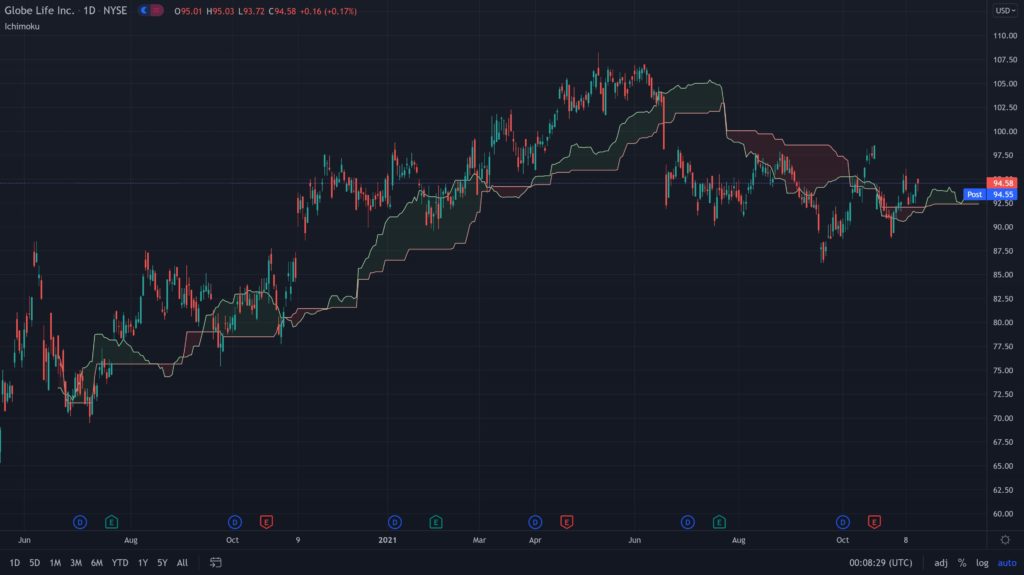

Date: 11/16/2021
Author: Chris Hood
Be sure to check out new episodes of my video podcast each week, where my ace pupil Brian Jones and I talk the ins and outs of options trading- and give you insights and strategy that you can immediately put to work for you in the markets.
One of the worst downsides to the whole COVID lockdown situation has been that I haven’t traveled as much as I’d like.
I really enjoy visiting new places and meeting interesting people.
On a trip several years ago, I remember flying from Canada to Las Vegas.
I wasn’t really going out there to gamble, just hang out with friends and get in a bit of training at Master Sergio Penha’s jiu-jitsu academy.
The young guy sitting next to me looked visibly tense.
He gripped the armrests just a bit too tightly and forced a nervous smile when I looked at him.
“This dude is either carrying a bomb, or else he HATES flying.”
My guess was the latter.
So I figured I’d strike up a conversation. I’m the naturally friendly sort and thought maybe talking would help calm this guy down.
Plus, you never know who you’ll get to know on a flight. A potential good friend or maybe just a helpful contact in another town.
As the plane started to taxi down the runway, I learned he was a trader too.
“You’re a professional options trader? Mind if I pick your brain about some things?”
I didn’t mind at all, and the conversation seemed to snap him out of his abject terror of airplanes. After all, I love coaching novices, and I didn’t have any valium or booze to help him out.
The young trader, named Greg I discovered, wanted to know if the Ichimoku Cloud indicator was useful.
Here’s what I told him.
The Ichimoku Cloud was developed back in the 1960s by a Japanese guy whose name escapes me.
It’s based on many moving average calculations that I won’t bore you with, but when you put it on your chart, you’ll notice that two main lines form a shaded area.
I pulled up a graph on my computer to show him.
Obviously, the one below of GL is more recent, but it will get the point across.


Notice that the stock price will be either below, inside, or above the cloud.
When the cloud sits below the price, it acts as an area of support. It helps confirm you’re in an uptrend.
Conversely, the cloud acts as a resistance level when the price falls below, and the stock is more likely to stay there.
In the middle of the cloud, you can expect a bit of chop. Volatility. Like turbulence on the airplane.
I don’t use the Ichimoku as a primary trading system, but as one more level of confirmation.
As I’d finished the lesson, Greg seemed to have forgotten about his fear of flying.
I told him to look out the window at the cloudy sky below just to put him more at ease.
“See…we’re already above the Ichimoku, so you’ve got nothing to worry about. Let’s just get a beer and enjoy the ride.”
Greg seemed much more relaxed, so I didn’t have the heart to finish the lesson.
Can a stock suddenly gap down and fall through the cloud?
Absolutely.
And we still needed to land, so I left out the obvious analogy that bullish trades under the cloud were a bad idea. Statistically, most planes crash during take-off or landing well beneath the cloud cover.
You should know that for your own trading, but I did not want Greg crying in my lap as we touched down at LAS.
My generosity does have some limits.
Cheers,
Chris Hood
P.S. If you’re into trading explosive breakouts on small-cap stocks, head over and check out my colleague Corey Snyder’s RapidFire system. Unless, of course, the 98.23% gain on PROG he had recently doesn’t appeal to you. Click here to learn more.








